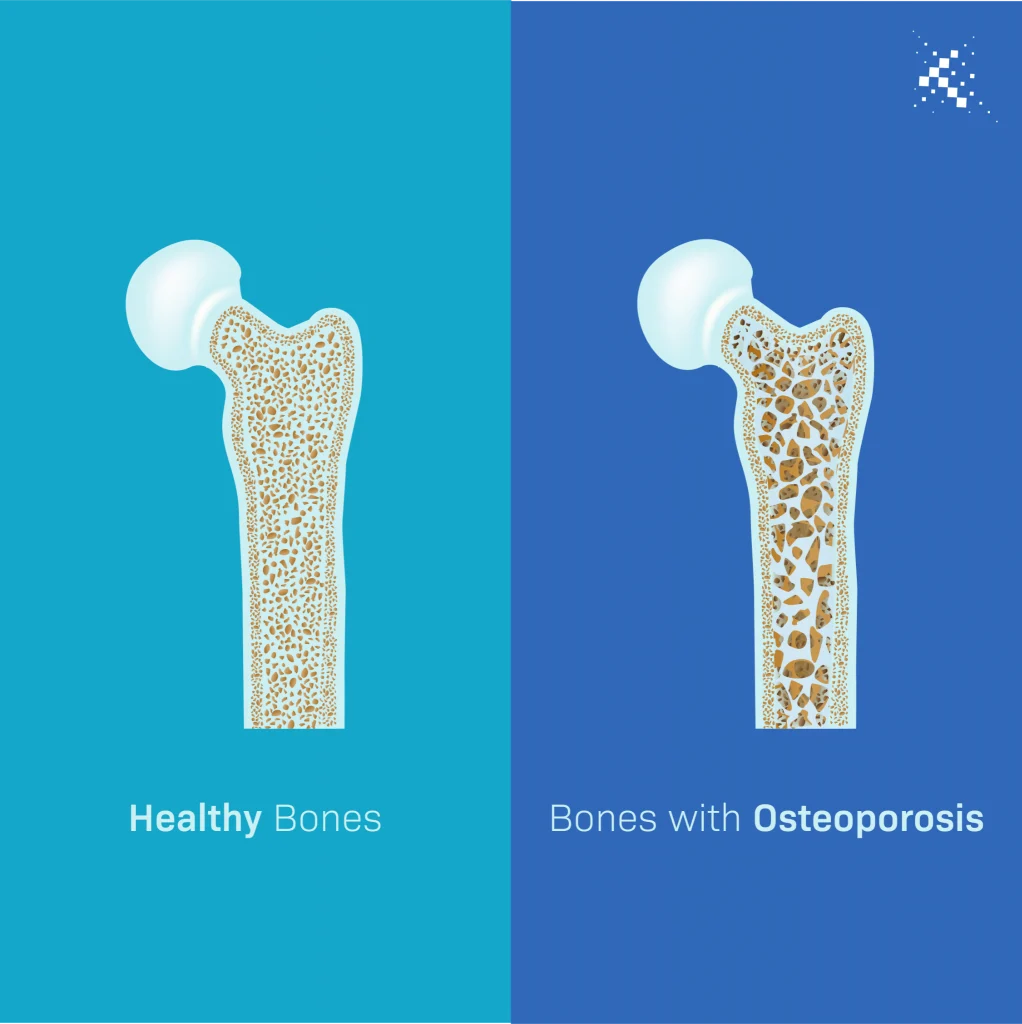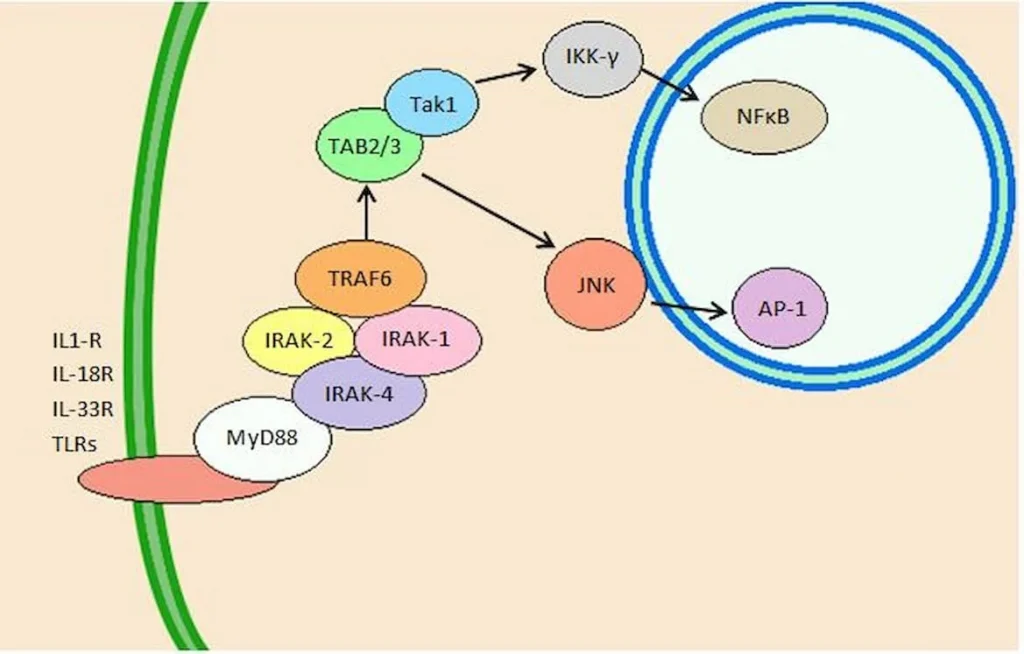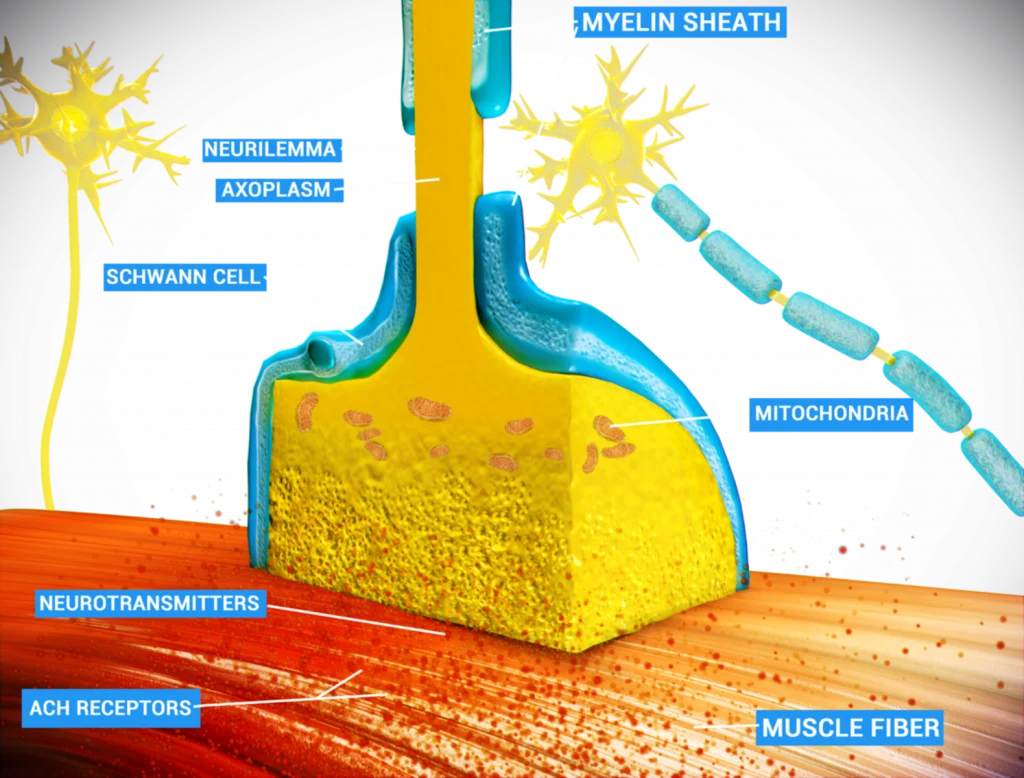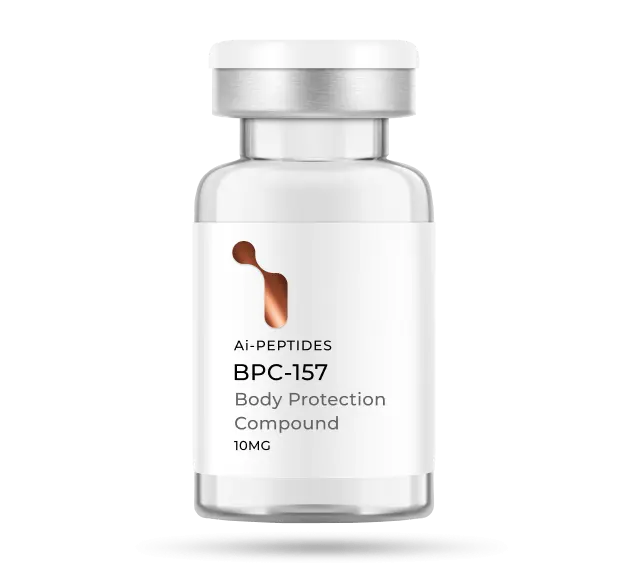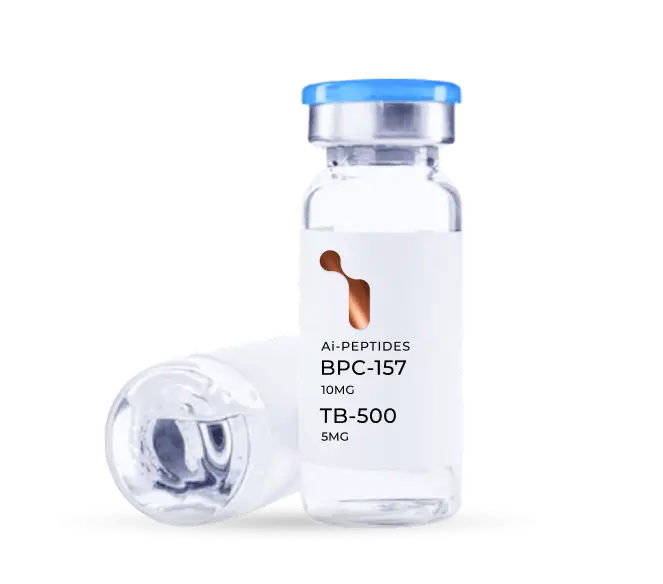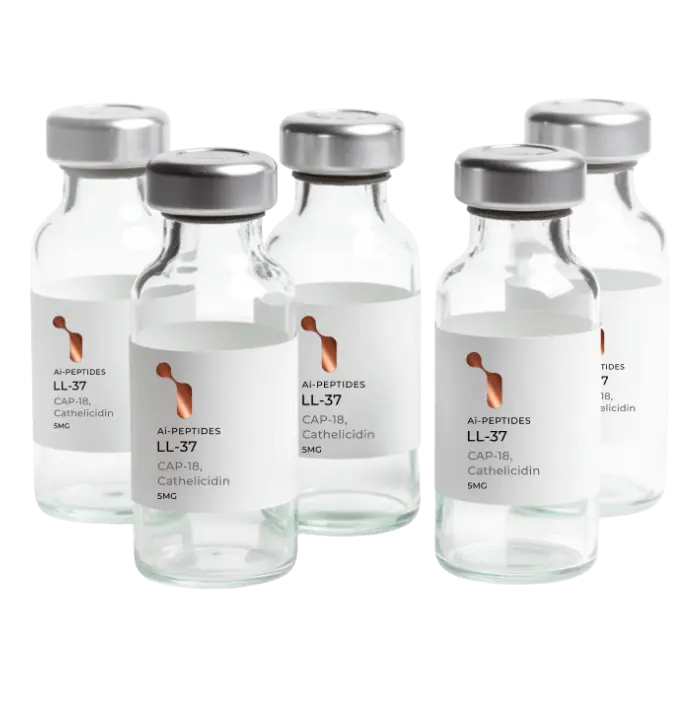PEPITEM (Peptide Inhibitor of Trans-Endothelial Migration)
PEPITEM (Peptide Inhibitor of Trans-Endothelial Migration) was first identified in 2015 by researchers at the University of Birmingham. New research published in Cell Reports Medicine demonstrates for the first time that PEPITEM could be utilized as a novel early clinical intervention to mitigate the effects of age-related musculoskeletal diseases. The data indicates that PEPITEM enhances bone mineralization, formation, and strength, effectively reversing bone loss in animal models.
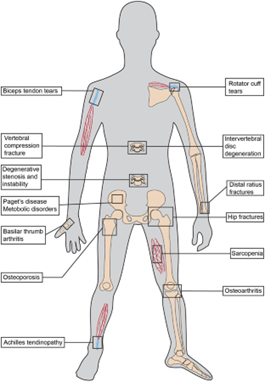
This research was supported by significant grants from the Medical Research Council and the Lorna and Yuti Chernajovsky Biomedical Research Foundation, which invests in research for developing new targeted medicines to improve health outcomes. Additional funding was provided by the British Society for Research on Ageing and Versus Arthritis.
Bone undergoes constant formation, reformation, and remodeling throughout life, with up to 10% of human bone being replaced annually. This process involves a complex interplay between osteoblasts, which form bone, and osteoclasts, which break down bone. Disruptions to this finely tuned process are responsible for diseases such as osteoporosis and rheumatoid arthritis, characterized by excessive bone breakdown, or ankylosing spondylitis, marked by abnormal bone growth.
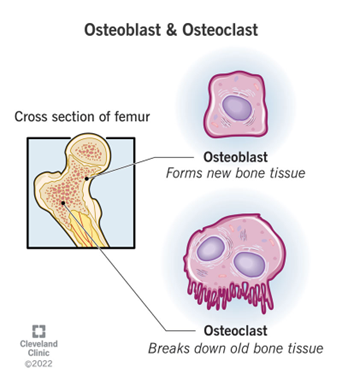
PEPITEM’s ability to enhance bone formation without adversely affecting osteoclast activity presents a promising therapeutic strategy. By promoting osteoblast activity and reducing osteoclast numbers via specific signaling pathways, PEPITEM has shown potential in increasing bone density and strength, suggesting its effectiveness as an early intervention for age-related bone diseases. This advancement could offer a new approach to maintaining bone health and preventing fractures, addressing a significant need in the treatment of osteoporosis and other musculoskeletal disorders.
Current osteoporosis therapies, such as bisphosphonates, primarily target osteoclasts to prevent further bone loss. While there are new anabolic agents available that promote new bone formation, their clinical use is limited. For example, teriparatide (parathyroid hormone, or PTH) is effective for only 24 months, and romosozumab (an anti-sclerostin antibody) has been linked to cardiovascular events. These limitations show the urgent need for developing new therapies to stimulate bone repair, especially in age-related musculoskeletal diseases like osteoporosis.
To address this need, a team of researchers led by Dr. Helen McGettrick and Dr. Amy Naylor, along with Dr. Jonathan Lewis and Ms. Kathryn Frost from the Institute of Inflammation and Ageing at the University of Birmingham, and Dr. James Edwards from the Nuffield Department of Orthopedics, Rheumatology and Musculoskeletal Sciences at the University of Oxford, have been investigating the therapeutic potential of PEPITEM (Peptide Inhibitor of Trans-Endothelial Migration) in these conditions. Their research aims to explore whether PEPITEM can effectively stimulate bone repair and provide a new therapeutic avenue for treating osteoporosis and other age-related musculoskeletal disorders. By enhancing bone mineralization, formation, and strength, PEPITEM offers an exciting alternative that could overcome the limitations of existing therapies and significantly improve patient outcomes.
